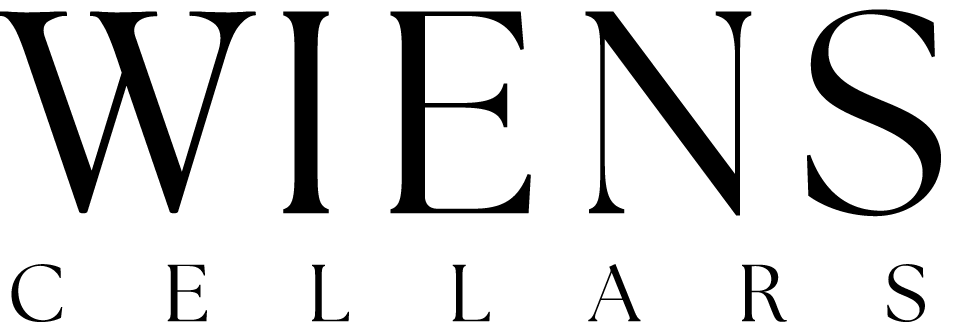BROWSE OUR BLOG
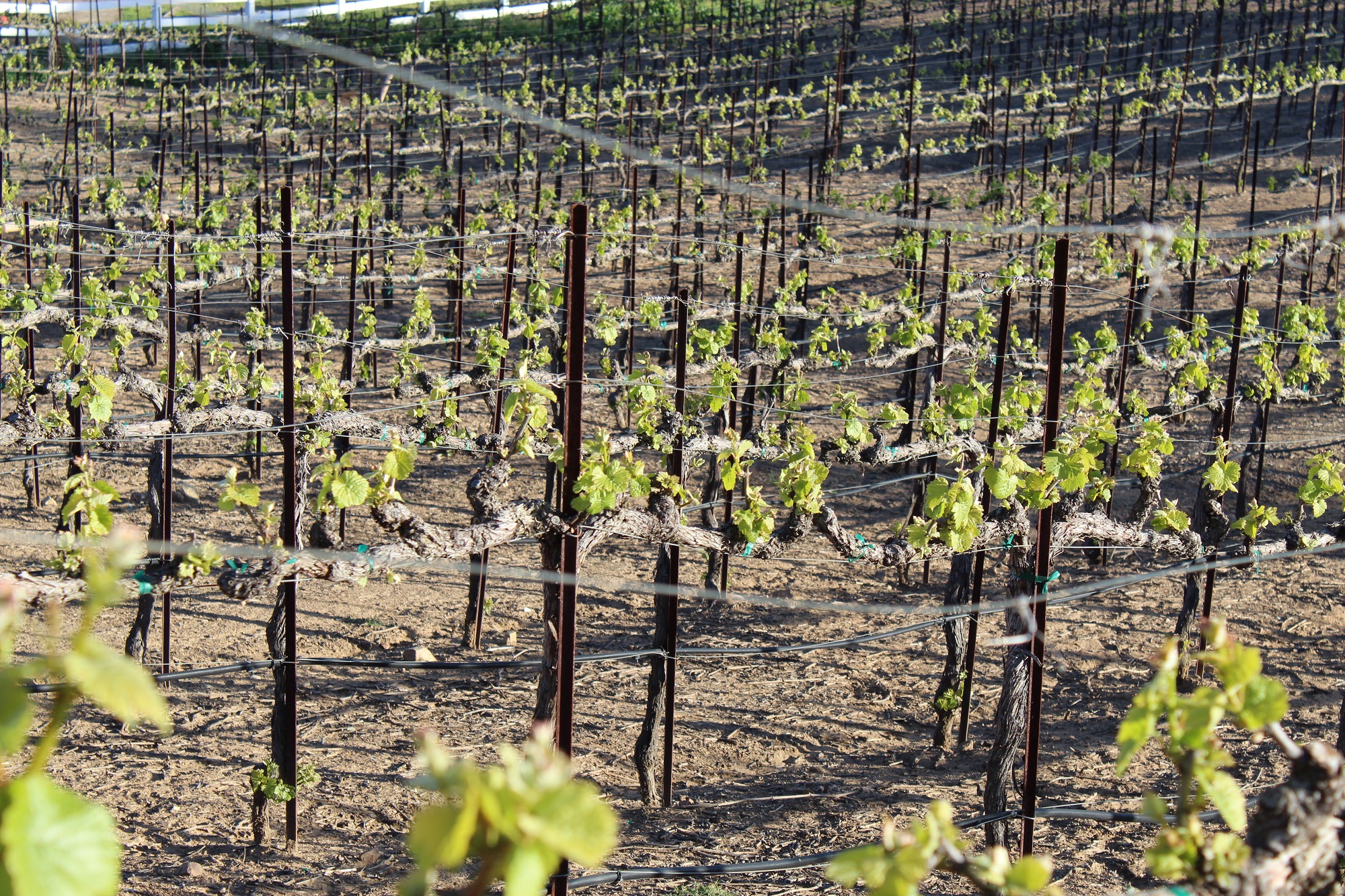
From the Dirt Up: What Makes Temecula’s Soils So Unique?
Honoring Earth Day with a Look Beneath the Vines Wine, at its core, is an expression of place.
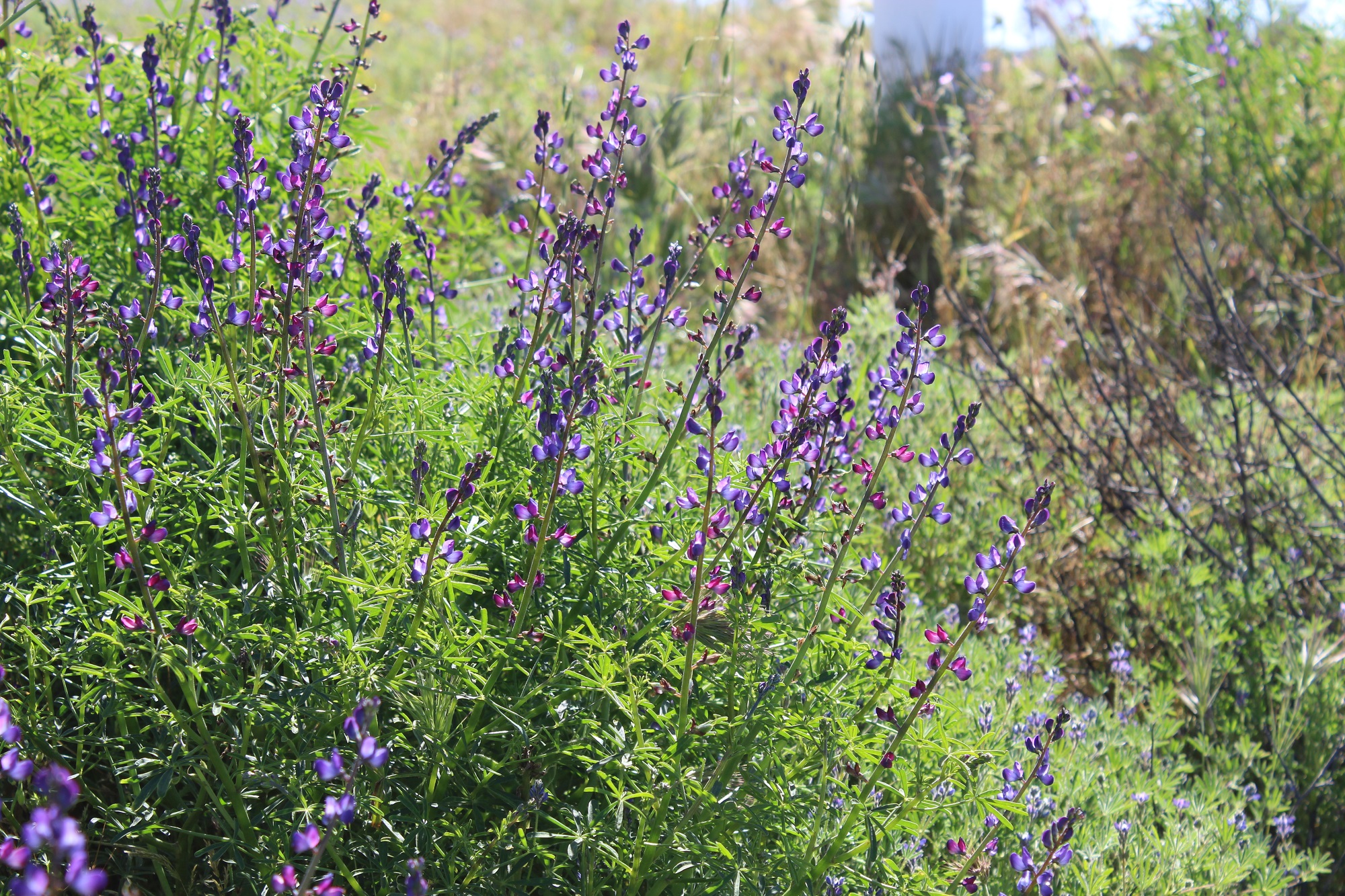
Meet Our Vineyards & How They Wake Up
How Our Vineyards Wake Up and Why Each One Matters Every spring, something quietly magical happens in the
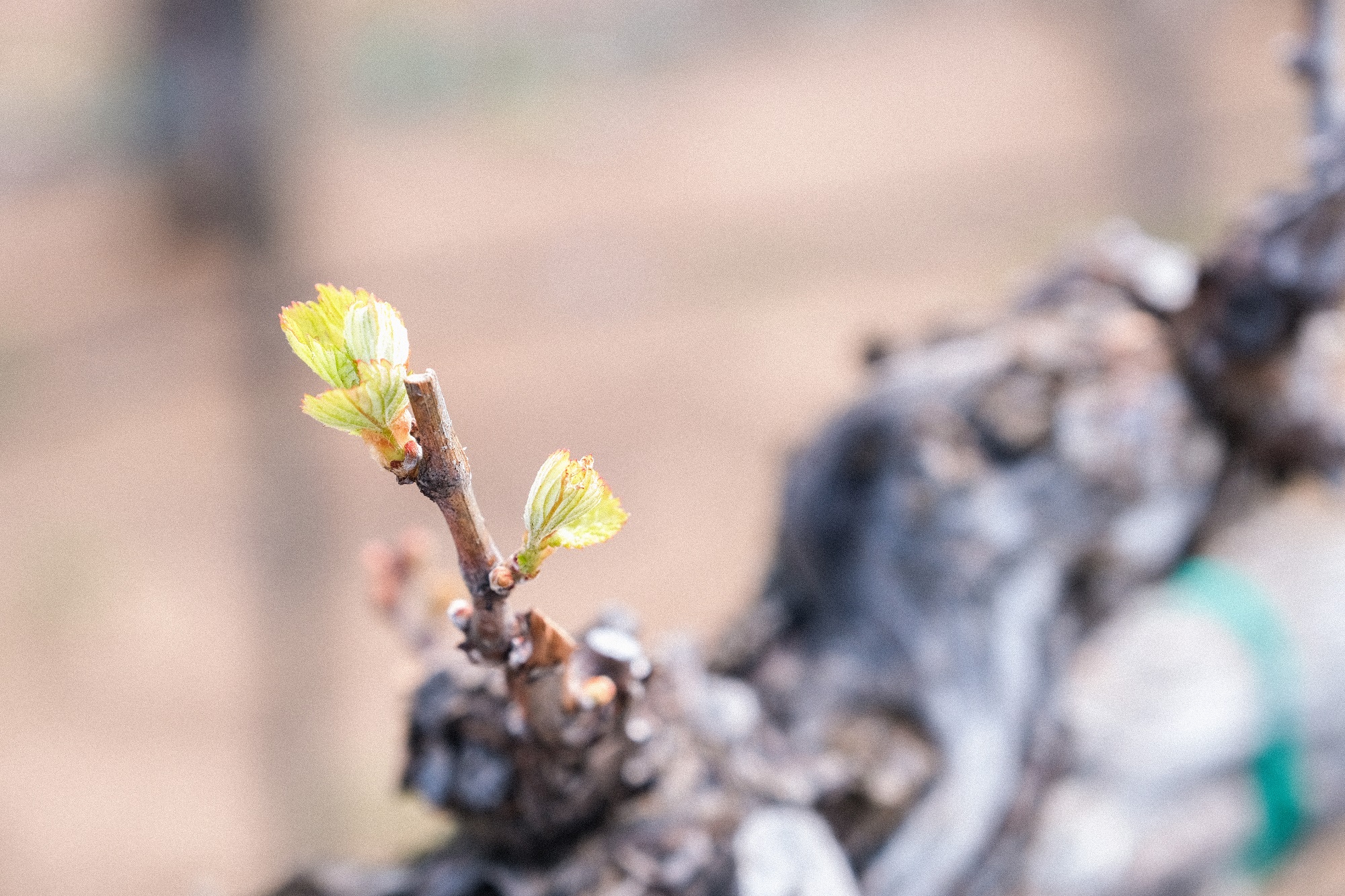
Bud Break is Finally Here! A New Vintage Begins…
As the days grow longer and the temperatures begin to rise, an exciting transformation is taking place in
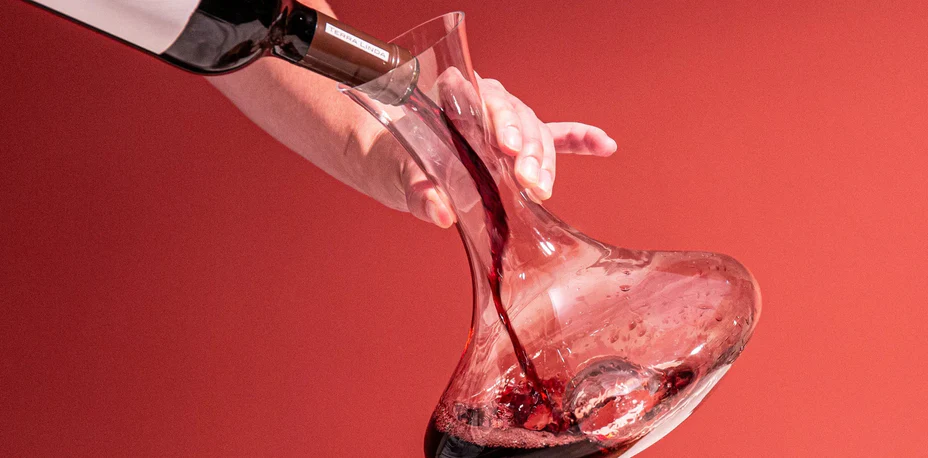
The Art of Decanting: Why It Matters for Your Wines
Decanting is one of the simplest yet most effective ways to enhance your wine experience. While some may
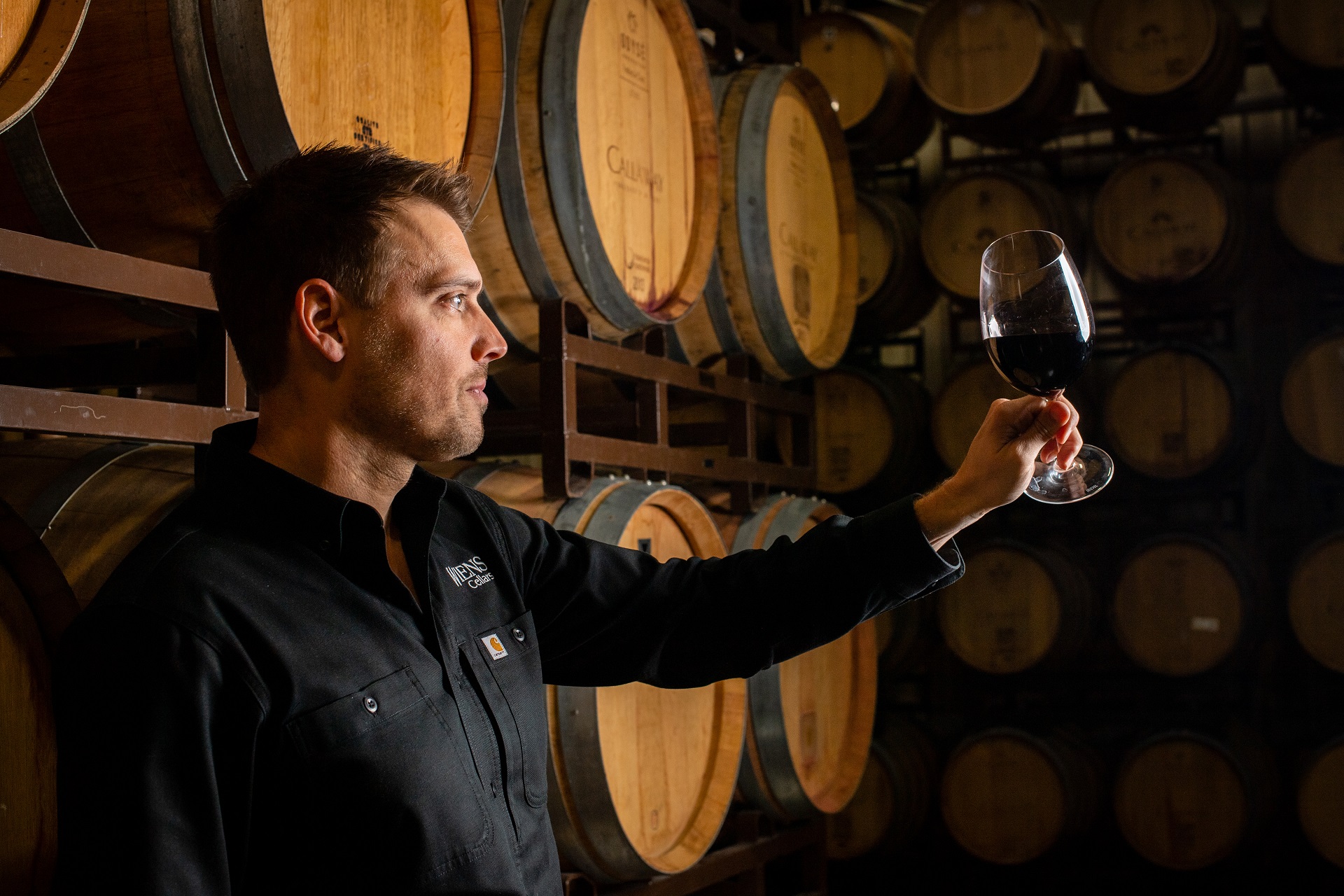
How to Read Wine Descriptions Like a Pro
For many wine lovers, reading a tasting note can feel like deciphering a foreign language. What does it
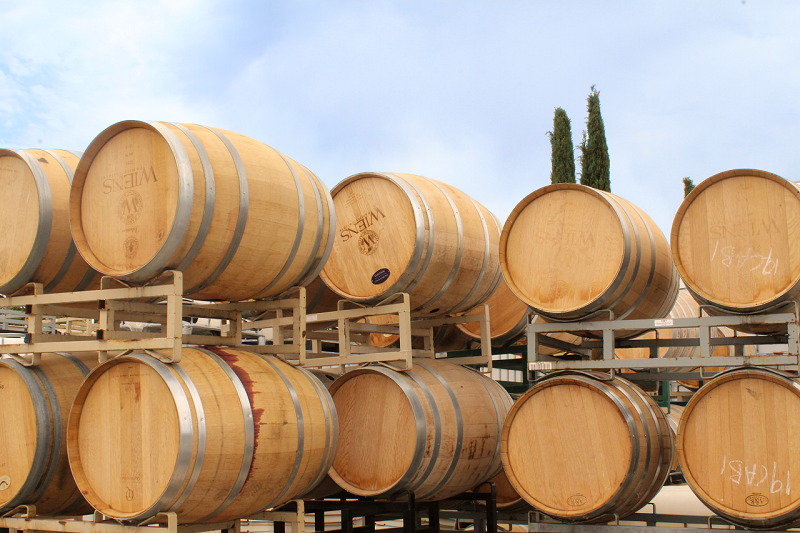
Oak Barrels vs. Large Format Oak Casks: How Size Shapes the Wine
Oak aging has long been a cornerstone of winemaking, influencing everything from flavor and texture to the longevity
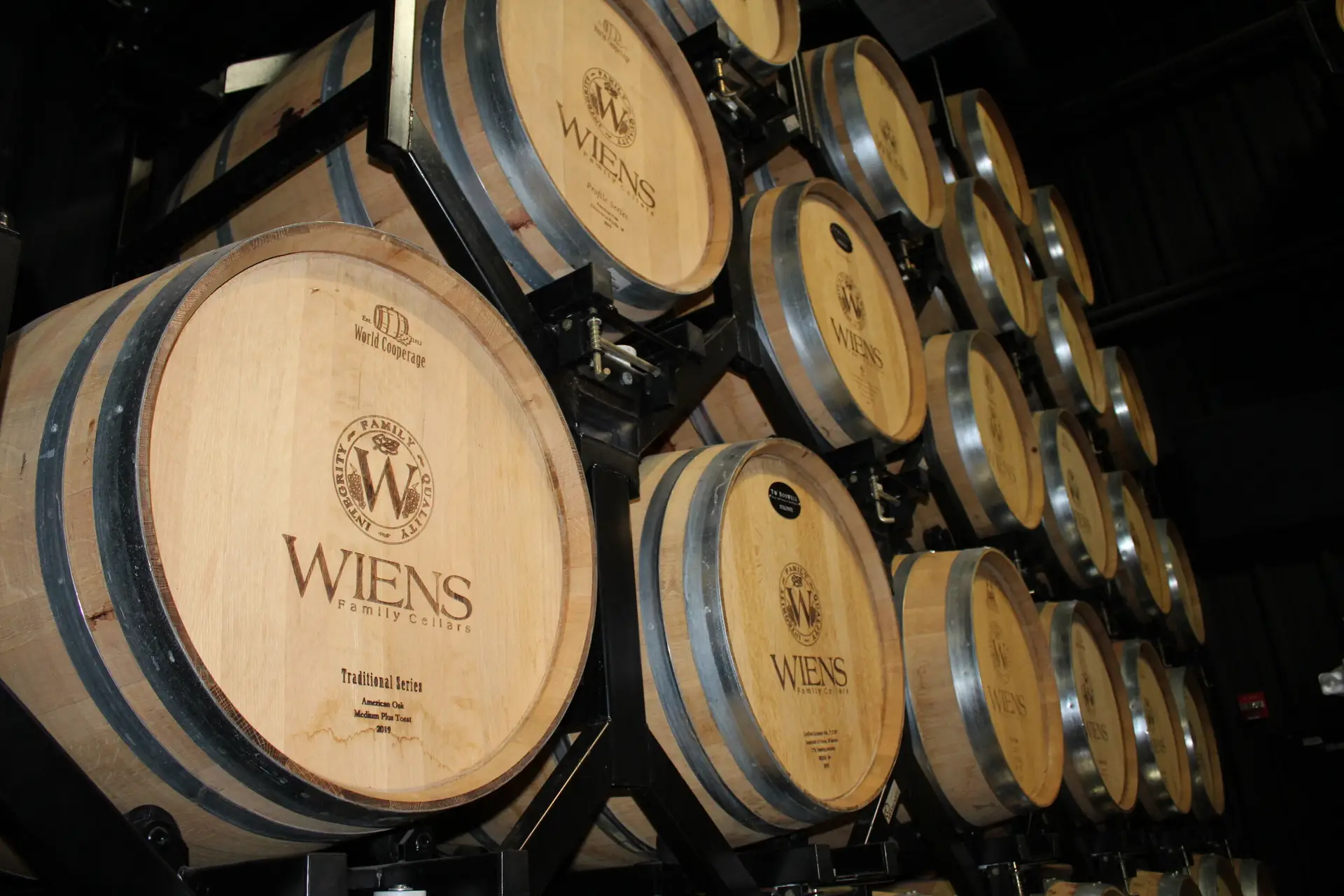
Spring Cleaning Your Cellar: How to Store, Rotate & Refresh Your Wine Collection
As the seasons shift and spring approaches, it is the perfect time to refresh and reorganize your wine
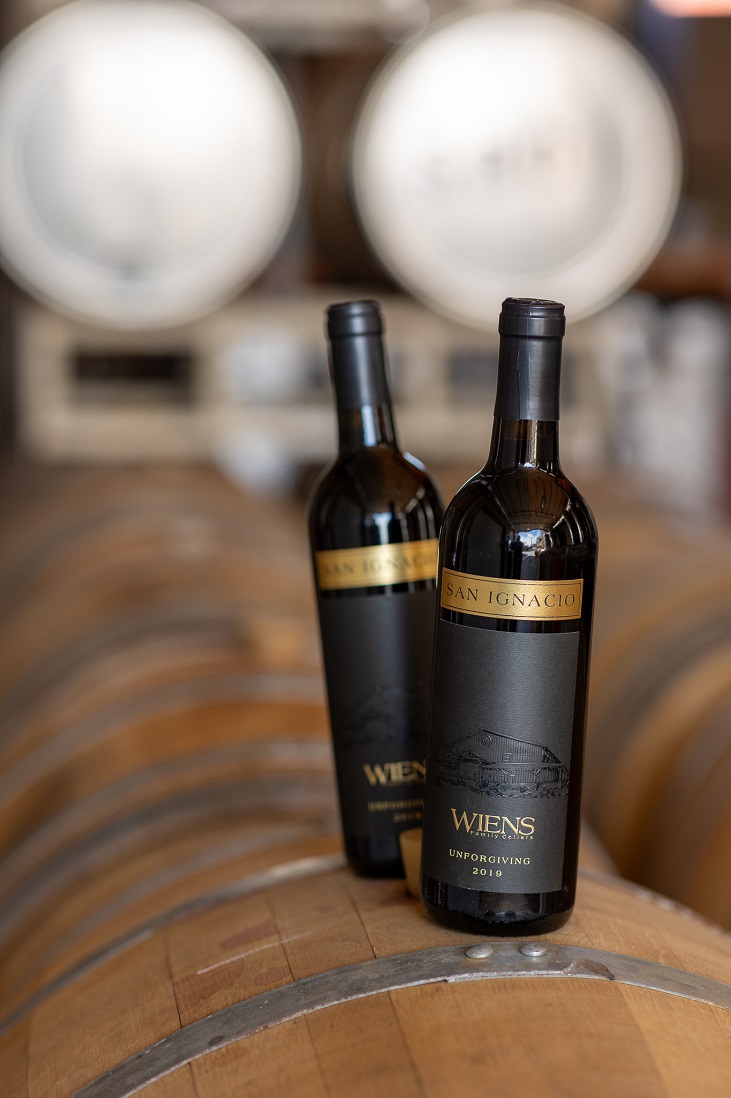
Winemaking Trends in 2025: What’s Shaping the Future of Wine?
The wine industry is at an exciting crossroads in 2025, with innovations in sustainability, technology, and consumer preferences
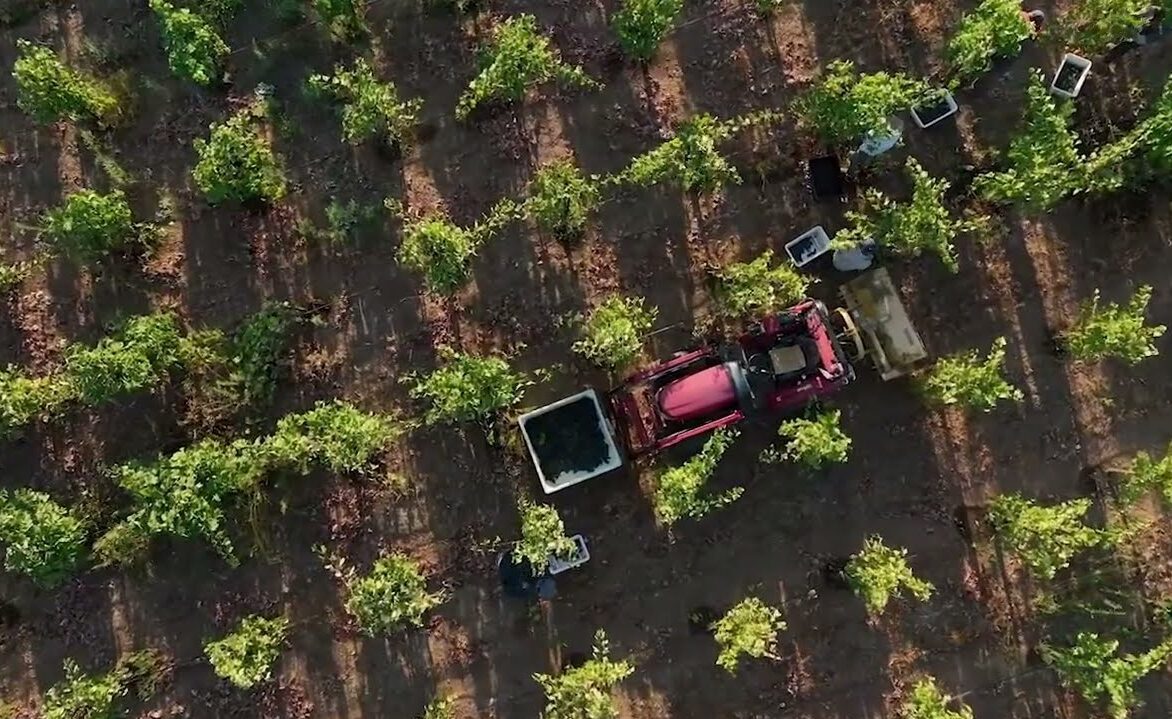
The Sustainability of Wine: How We Care for the Land and Future Vintages
Sustainability is more than a buzzword; it’s aresponsibility and a philosophy that drives everything we do at Wiens
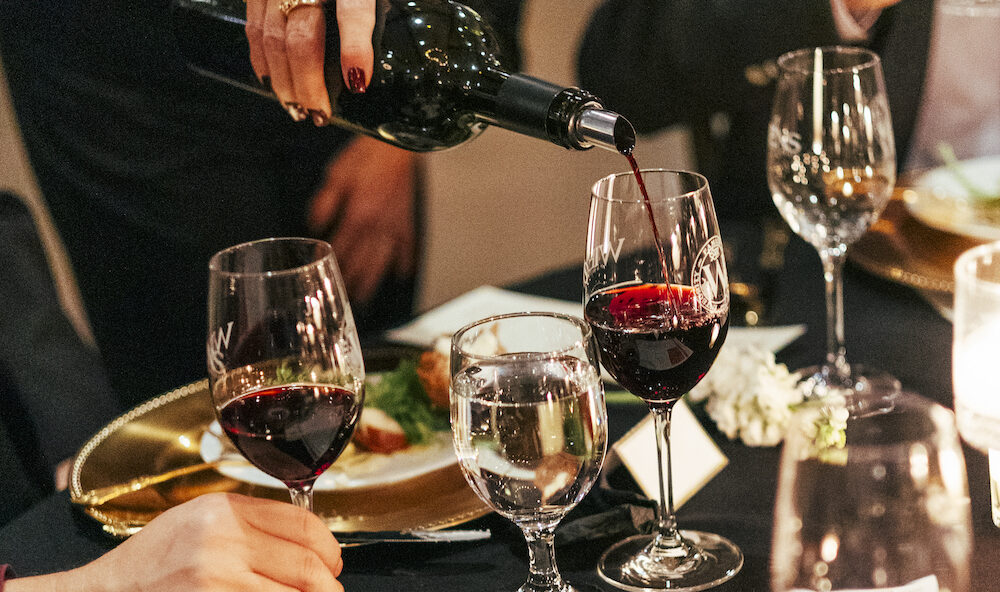
Wine & Wellness: The Art of Mindful Sipping
In a fast-paced world where balance often feels elusive, embracing mindfulness has become a cornerstone of wellness. From
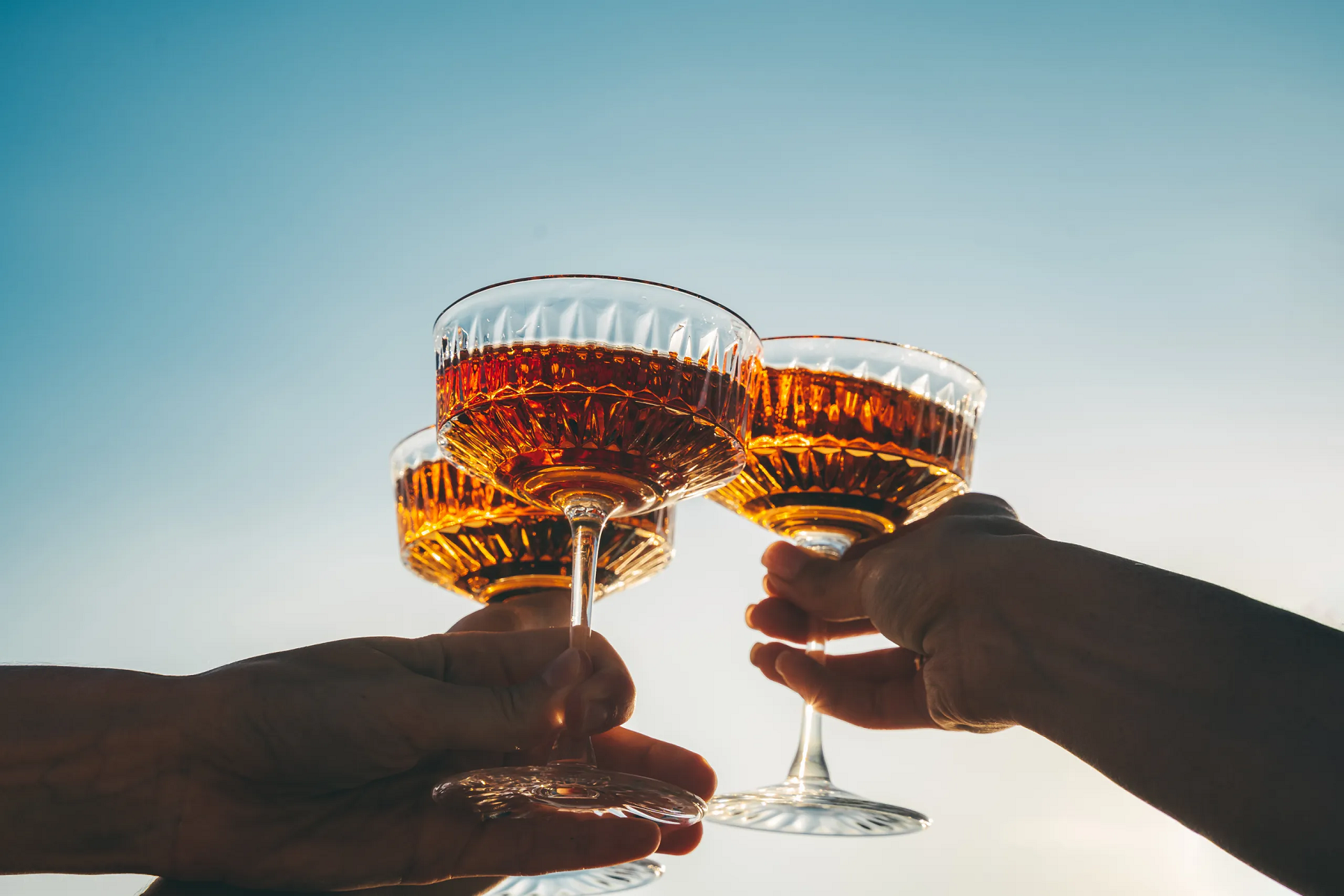
Exploring Holiday Traditions Around the World—Through Wine
The holidays are a time to gather, celebrate, and indulge in the traditions that make each culture unique.
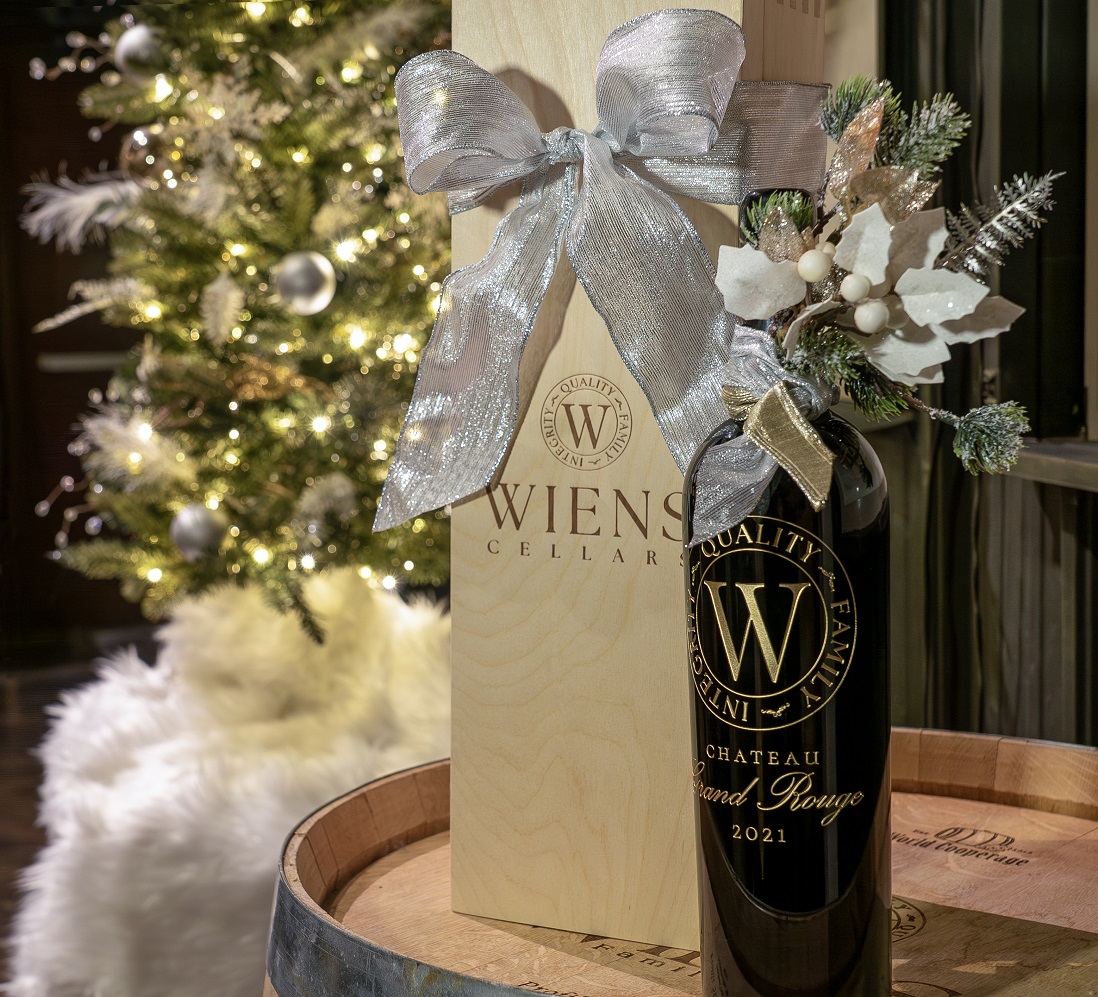
The Anatomy of a Magnum: Why Bigger Bottles Make Better Holiday Gifts
As the holiday season approaches, the joy of gifting and celebrating with loved ones takes center stage. For
